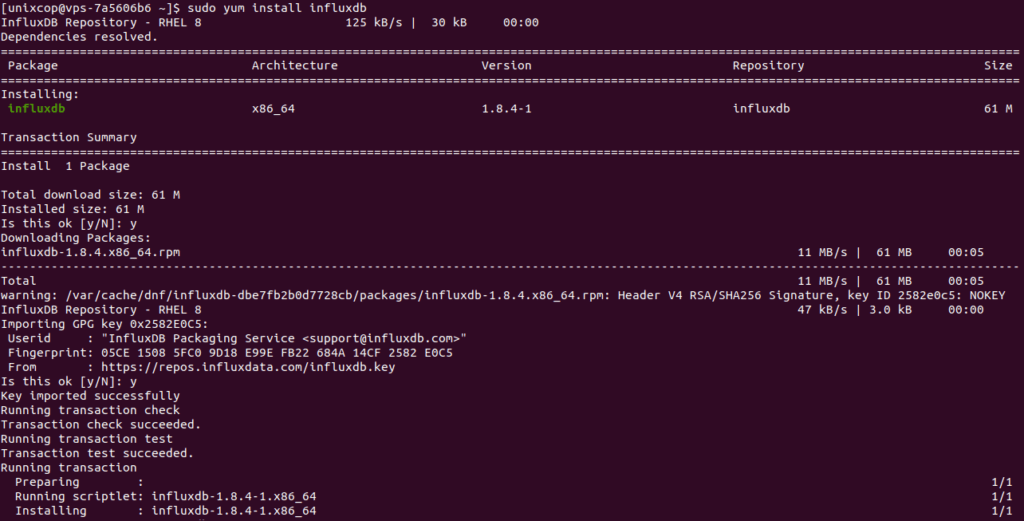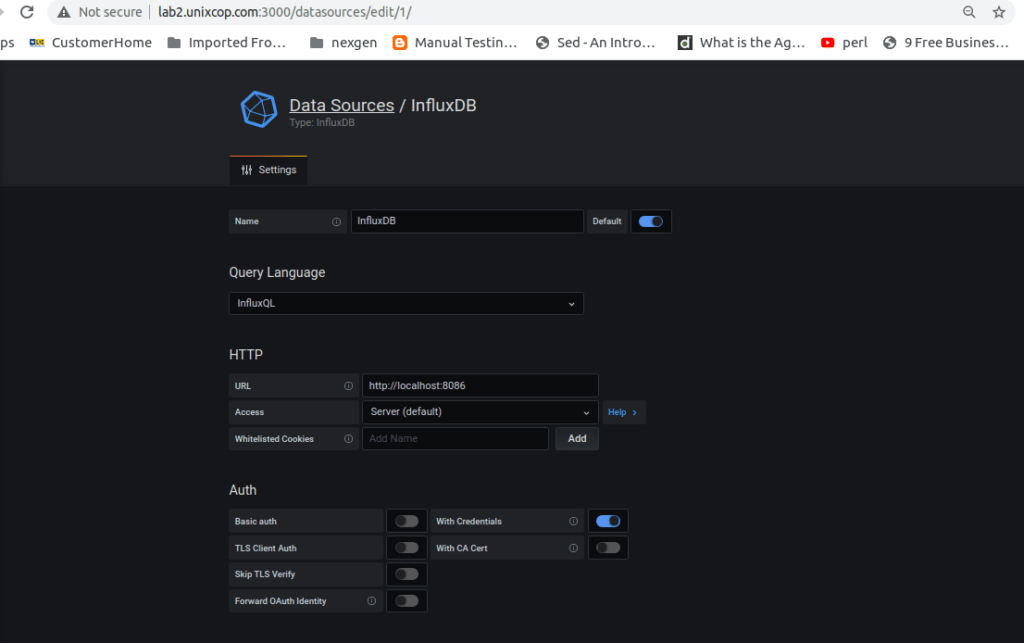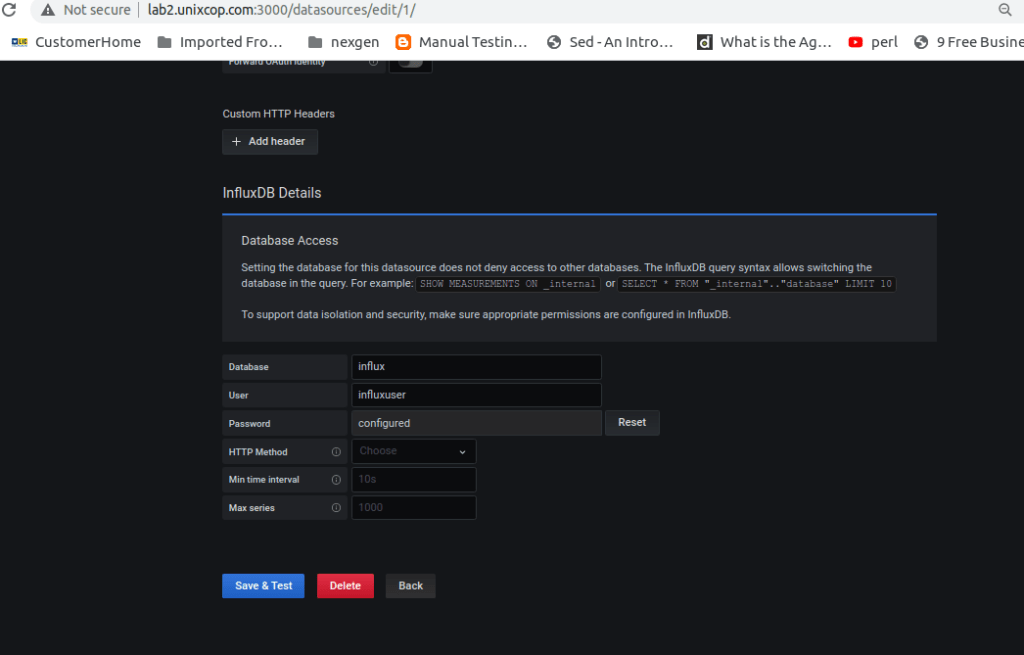InfluxDB time series database is most powerful, open source and globally used by leading companies to store time series data.
If its installation cause problem due to normal user then may require root or administrator privileges to complete.
INSTALLATION OF InfluxDB
Installation can be done in different ways, by downloading RPM and by using yum package manager.
We will see, how to install using yum package manager:
- If yum repo is not available then first you need to create repo file in yum repository.
cat <<EOF | sudo tee /etc/yum.repos.d/influxdb.repo
[influxdb]
name = InfluxDB Repository - RHEL \$releasever
baseurl = https://repos.influxdata.com/rhel/\$releasever/\$basearch/stable
enabled = 1
gpgcheck = 1
gpgkey = https://repos.influxdata.com/influxdb.key
EOFOnce repo created. you need to run below commands:
>sudo yum install influxdb
>sudo systemctl start influxdb

If you run command below command then output looks like this.
sudo systemctl status influxdb
Service is active and in running state.

Run below command to login to influxdb:
>influx

Configuration
Most of the configuration of influx DB is present in configuration file located at /etc/influxdb/influxdb.conf.
It is default file you can create your own configuration file and user that one using below command.
Usage:
influxd -config /etc/influxdb/influxdb.confSet the environment variable INFLUXDB_CONFIG_PATH to the path of your configuration file and start the process.
For example:
INFLUXDB_CONFIG_PATH=/etc/influxdb/influxdb.confThe command influxd will check for config option first and then check environment variable for conf file location.
If you don’t have permission to data and WAL directories then influxdb service will not start.
Below are default directories present in influxdb.conf. You can change as per your requirement or keep it as default.

Retention Policy setting:
# Determines whether retention policy enforcement enabled.
# enabled = trueThis settings control the enforcement of retention policies to erase old data, uncomment it and apply retention policy.
HTTP endpoint setting
The [http] section settings controls, how InfluxDB configures the HTTP endpoints.

Logging Setting:
In this section we can set logging level.

We just need to uncomment required setting and restart influx DB server.
sudo systemctl restart influxdbAdd InfluxDB Datasource in grafana
Go to configuration > datasource > select influxDB datasource from list.
Add data source Name.
Influx DB URL.
Select any authentication type from list.
Add Database name, influxdb user and password.
Test and save data source.
You are ready to access influx DB time series in grafana.


Please Check related Topics:
How to configure grafana on centOS 8



